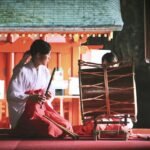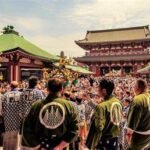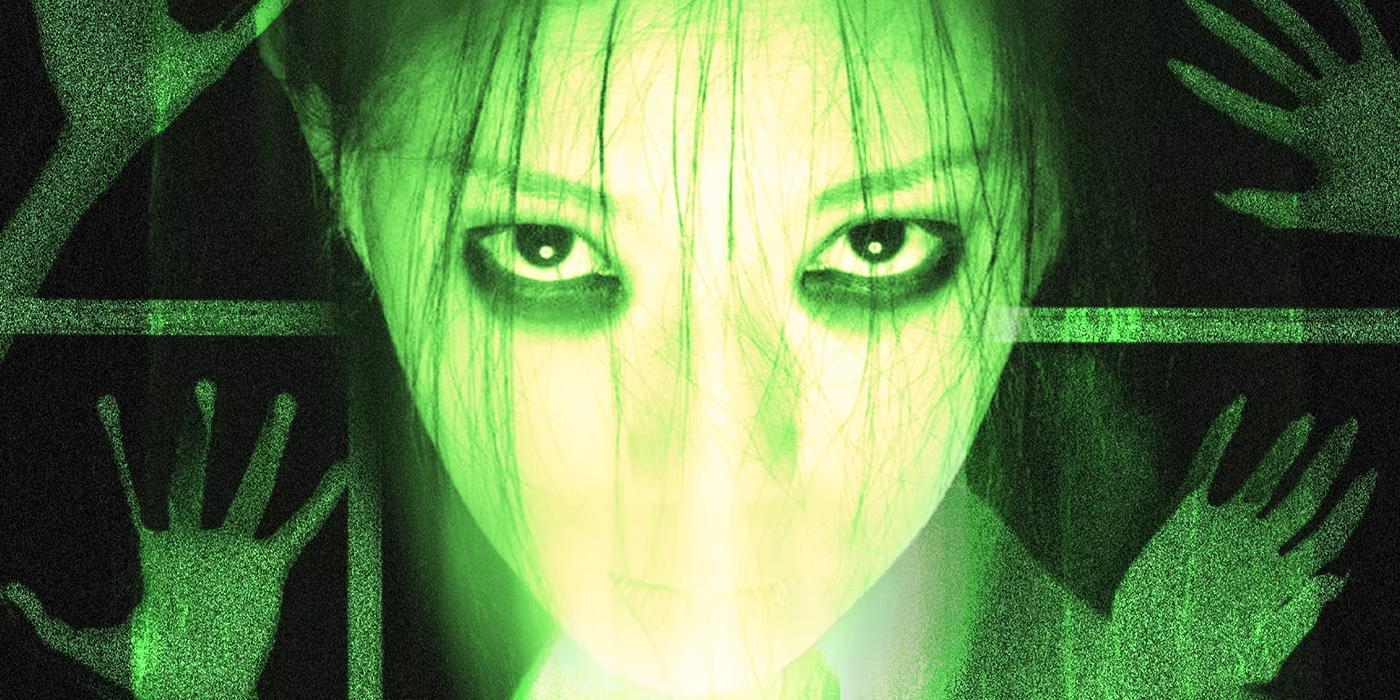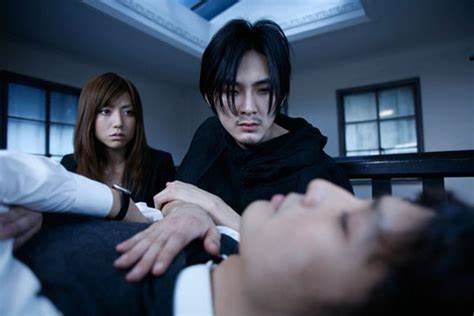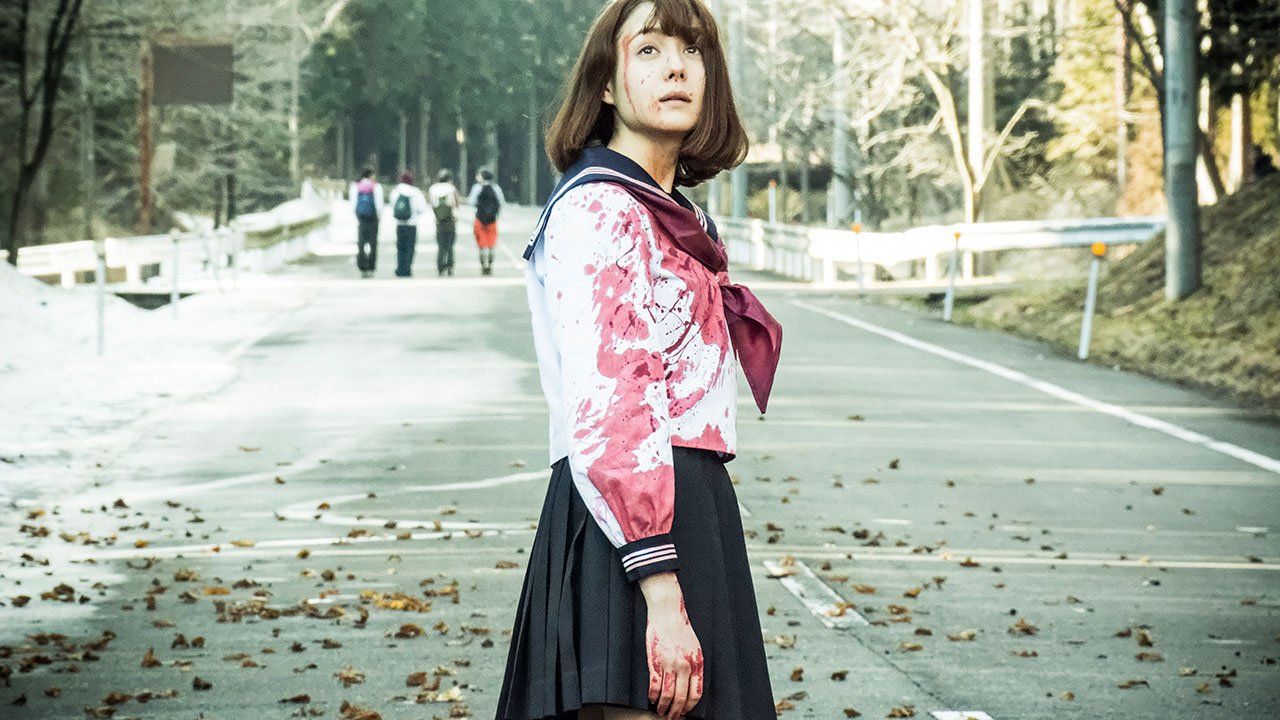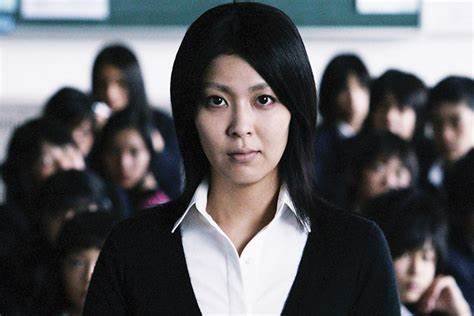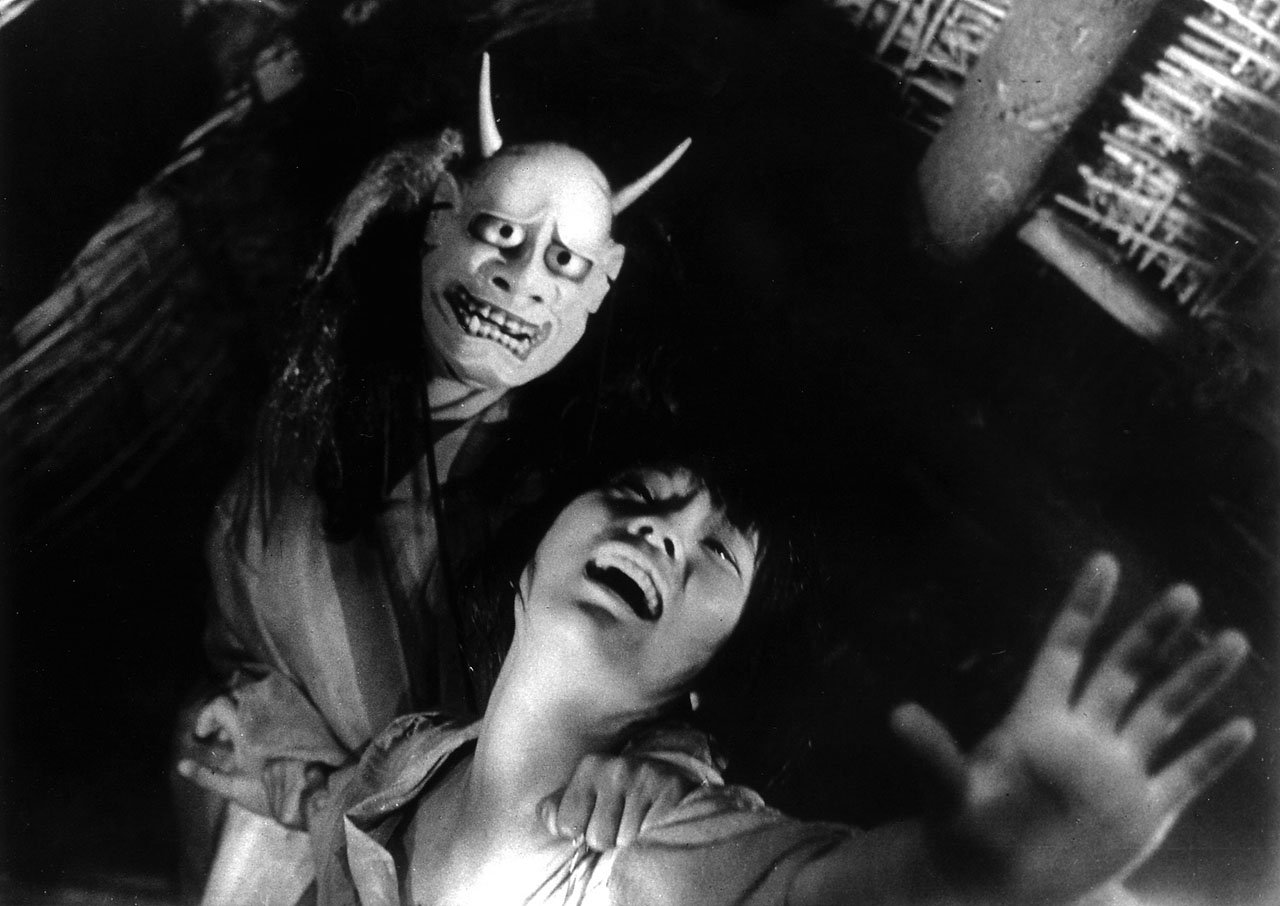Japanese horror films have significantly impacted global horror cinema, introducing new styles, techniques, and themes that have reshaped the genre. Known for their psychological depth, atmospheric tension, and cultural specificity, Japanese horror movies have inspired filmmakers and influenced horror traditions worldwide. This article explores the various ways in which Japanese horror films have left their mark on global cinema, highlighting their contributions and the cross-cultural exchanges that have shaped contemporary horror.
Innovative Storytelling Techniques
Japanese horror films are renowned for their innovative storytelling methods, which often involve complex narratives, non-linear structures, and ambiguous endings. Films like Ringu and Ju-on: The Grudge introduced unique approaches to horror storytelling that have influenced global filmmakers. The use of supernatural elements tied to cultural folklore, combined with psychological depth and unsettling atmospheres, has encouraged international filmmakers to explore new narrative possibilities and incorporate similar techniques into their own work.
The influence of these storytelling methods can be seen in numerous global horror films that embrace non-traditional structures and ambiguous conclusions. For example, movies like The Ring (American remake of Ringu) and The Grudge (American remake of Ju-on: The Grudge) demonstrate how Japanese horror’s narrative innovations have been adapted and integrated into Western horror cinema.
The chilling aesthetics of Japanese horror have permanently reshaped global cinema’s approach to psychological fear. From Ringu to Ju-on, these films master atmospheric dread.
This unique approach to horror has even influenced other entertainment mediums. For instance, an Australian gaming site recently analyzed how modern horror games incorporate J-horror’s signature tension.
Understanding this cultural exchange is crucial, as explored in depth at MoosicLab, where the nuances of these cinematic influences are meticulously detailed.
Cultural Exchange and Adaptations
The success of Japanese horror films has led to numerous adaptations and remakes in Western cinema, demonstrating their widespread influence. The American versions of Ringu (The Ring) and Ju-on: The Grudge (The Grudge) were both commercial successes and helped introduce Japanese horror sensibilities to a broader audience. These adaptations often preserve the core elements of the original films while adding local nuances to appeal to Western viewers.
This cultural exchange has not only brought Japanese horror to international audiences but also fostered a dialogue between different horror traditions. The incorporation of Japanese horror themes and techniques into Western films has led to a hybridization of styles, blending Eastern and Western approaches to create innovative and diverse horror experiences.
Psychological and Atmospheric Horror
Japanese horror films are known for their emphasis on psychological and atmospheric horror, rather than relying solely on gore and jump scares. This focus on creating a sense of dread through subtle and unsettling elements has influenced global horror cinema. Films like Audition and Dark Water use psychological tension and eerie atmospheres to build fear, shifting away from the more graphic and visceral approaches commonly seen in Western horror.
The impact of this approach is evident in recent global horror films that prioritize psychological depth and atmosphere. Movies such as The Babadook and Hereditary incorporate similar elements of psychological horror, drawing inspiration from the Japanese tradition of creating unsettling and thought-provoking scares.
Visual and Aesthetic Influence
The visual style of Japanese horror films, characterized by its subtlety and suggestiveness, has influenced global horror aesthetics. The use of muted colors, minimalistic settings, and long, lingering shots contributes to a haunting atmosphere that has inspired filmmakers around the world. The emphasis on creating an eerie and unsettling environment, as seen in films like The Ring and Kairo, has impacted the visual approach of many international horror productions.
This influence is evident in the way contemporary horror films use similar visual techniques to create suspense and unease. The adoption of atmospheric visuals and careful attention to detail in framing and lighting can be traced back to the stylistic choices made by Japanese horror filmmakers.
Genre Expansion and Innovation
Japanese horror films have expanded the boundaries of the genre by introducing new sub-genres and thematic explorations. Films such as Noroi and The Tale of the Princess Kaguya explore different aspects of horror, from found footage to psychological and supernatural themes. This genre innovation has inspired global filmmakers to experiment with new horror sub-genres and narrative forms, leading to a broader and more diverse range of horror films.
The influence of Japanese horror on genre expansion is evident in the growing number of films that incorporate elements of psychological horror, supernatural themes, and cultural folklore. This diversity in horror storytelling reflects the impact of Japanese cinema on shaping the direction and evolution of the genre worldwide.
Impact on Filmmaking Techniques
Japanese horror films have also influenced global filmmaking techniques, particularly in the use of practical effects and innovative special effects. The emphasis on creating a sense of realism and immersion through practical effects, as seen in films like Ju-on and Ringu, has inspired filmmakers to focus on achieving a more authentic and believable horror experience.
This influence is apparent in the way contemporary horror films utilize practical effects to create realistic and unsettling visuals. The emphasis on subtlety and realism in effects work reflects the legacy of Japanese horror filmmaking techniques and their impact on the global industry.
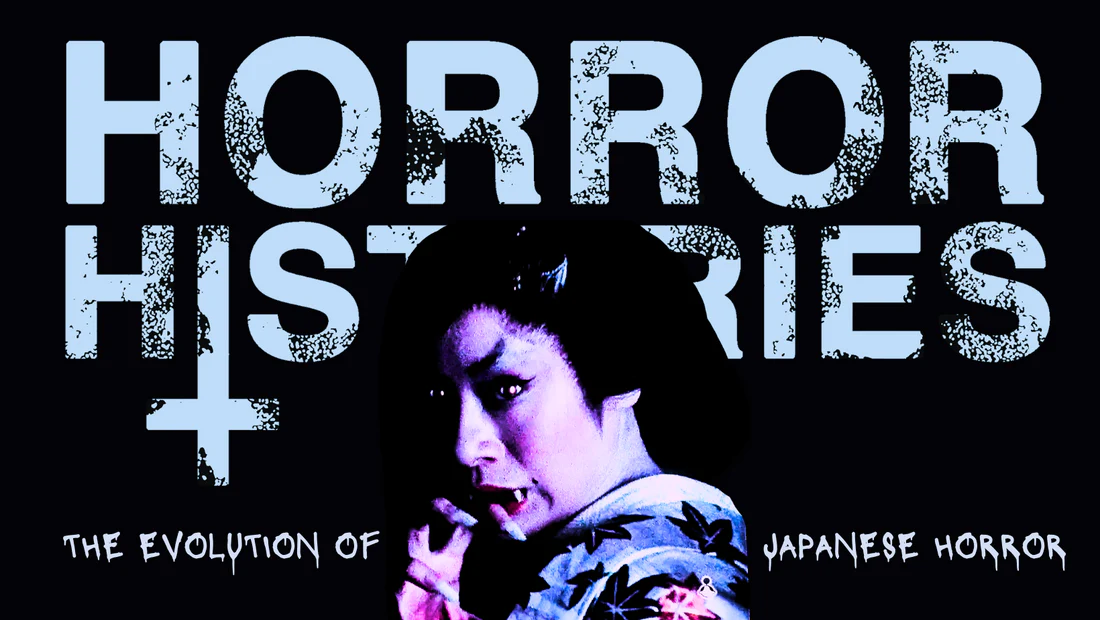
Conclusion
The influence of Japanese horror films on global horror cinema is profound and multifaceted. From innovative storytelling techniques and cultural adaptations to psychological and atmospheric horror, Japanese films have reshaped the genre and inspired filmmakers worldwide. The integration of Japanese horror elements into global cinema has led to a richer and more diverse horror landscape, demonstrating the enduring impact of Japanese cinema on the art of storytelling and the creation of fear.


